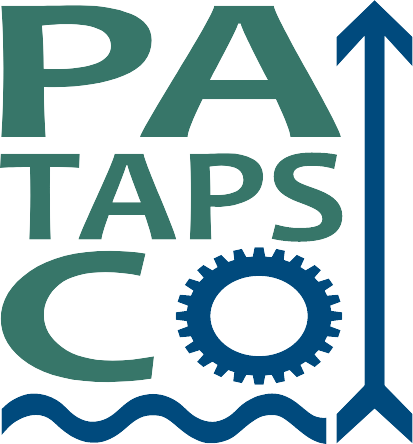I like  to descend into the Patapsco Valley to experience its natural heritage through encounters with the more unusual animals that share the earth with us. When my children, Kelly and Julia, were young, the three of us were walking the winding path of Patapsco State Park on our way to the river. There in our path, was a snake with a “hog nose,” (aka a “hognose snake”).
to descend into the Patapsco Valley to experience its natural heritage through encounters with the more unusual animals that share the earth with us. When my children, Kelly and Julia, were young, the three of us were walking the winding path of Patapsco State Park on our way to the river. There in our path, was a snake with a “hog nose,” (aka a “hognose snake”).
This strange creature proceeded to give Kelly and Julia a lesson in the wonders of biological evolution:
First she (the snake) tried to get away. Next, when I blocked the path of escape, she flattened her head (to look like a rattlesnake) and struck at my foot, and finally, when the humans were not deterred, she rolled on her back to show she was dead.
And perhaps most amazing of all (and perhaps not that adaptive), when turned right-side up, she turned up-side down again–to show that she was really dead!
Mark joined the PHG Board of Directors in 2016. He is Vice President at AKRF and has been supporting federal, state, and local water quality programs since 1988. He was the primary author of the EPA national program guidance on biological criteria and has been the lead consultant on the Maryland Biological Stream Survey for the Maryland Department of Natural Resources (DNR) since its inception in 1993. He has also supported the impaired waters, stressor identification, and TMDL programs for the Maryland Department of the Environment (MDE). Since 1996, he has helped 16 counties and cities in Maryland, Virginia, Delaware, and South Carolina develop stormwater programs and comply with the Chesapeake Bay and local TMDLs. Mark was previously chair of the Maryland Water Monitoring Council Board and currently chairs the Howard County Environmental Sustainability Board. He is also a member of the Science Council of the Maryland Academy of Sciences and Howard County Conservancy Board.
